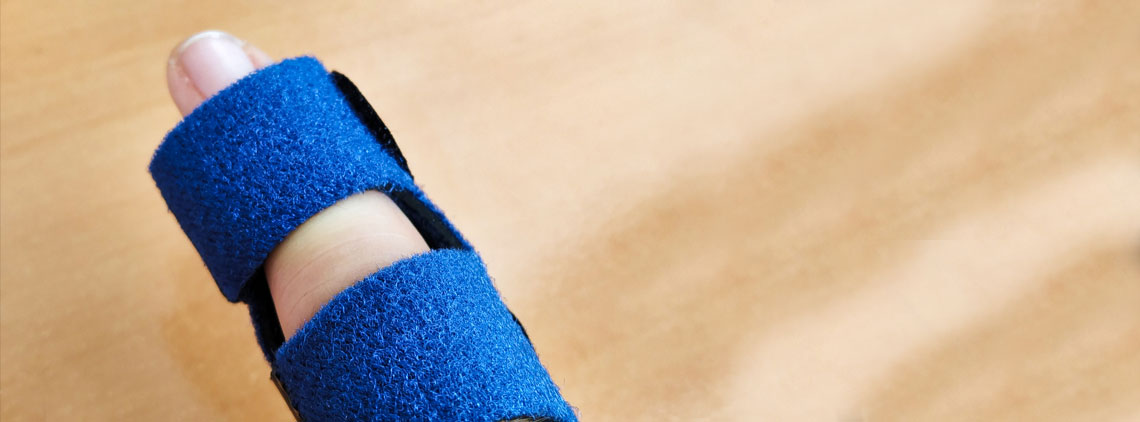
Dislocation of the PIP Joint Surgery
Overview
You may be experiencing one or more of the following pain, swelling, bruising, disfigured finger, or joint and stiffness in a joint of the affected fingers. This is when your middle joint of your finger is dislodged. Anyone can experience this however athletes or those with highly active lifestyles and those susceptible to falling are at an increased chance of having a dislocated PIP joint. Dislocation of the PIP joint surgery can alleviate your pain and symptoms.
How to Prepare for Dislocation of the PIP Joint Surgery
You won’t be able to eat the day you have surgery. You should be able to continue drinking water as normal. Just avoid drinking other beverages, like soda, juice, or milk. We may also ask that you quit taking certain medications like aspirin or anti-inflammatory drugs a few days before surgery. Make sure we know what medications you take regularly.
Procedure
Depending on the severity of your injury, we can address the injury using a minimally invasive option or we may need to create an incision on the joint:
- Minimally Invasive. This is a minimally invasive surgery. Doctors place pins through your skin to hold the joint in place. Surgery will help set your fractured joint.
- Open Surgery. Open surgery allows us to see the fractured joint and repair any fragmented bones.
Recovery
After the surgery you will be in a cast or splint for three to six weeks, depending on the severity of your injury. Then after the removal of your splint, you will begin physical therapy exercises at home. Finally, you can expect a full recovery in three to four months.
Efficacy
Due to surgery, the dislocated or fractured joint is repaired allowing for normal use.
Complications
Possible complications include infection, blood loss, and nerve damage as with any surgery.
Outlook
The National Institute of Health reported an 80-90% success rate of PIP joint surgery.

